Gambia
Senegalese President Macky Sall and Gambian President Adama Barrow inaugurated on Monday the “Senegambia Bridge”, which will promote trade in West Africa and whose completion after decades of delay symbolizes the renewed understanding between the two countries.
The inauguration of the bridge comes two years after Yahya Jammeh’s departure, who for more than 22 years ruled Gambia, a small English-speaking country landlocked in Senegal, with the exception of a narrow coastline that is popular with tourists.
The bridge, an elegant light concrete structure more than a kilometre long located in Gambian territory, crosses the Gambia River, about ten kilometres from the Farafenni border crossing point, which the two presidents, both dressed in white boubou, symbolically used on Monday, standing in the same limousine with an open roof.
“Given the geography of Gambia and Senegal, with a river dividing each country into two parts, one wonders why it took so long to get this bridge,” Mr. Barrow asked himself at a ceremony at the foot of the new structure, whose construction began in 2015, under Yahya Jammeh.
“We can be proud to have turned this dream of several generations into a reality,” Sall said, adding that the bridge project, which had been discussed since the 1970s, had been affected as the relationship between Dakar and Banjul evolved.
Gambia’s presidency said that “the bridge, which is part of the Trans-Gambia Road Corridor, is a vital economic and strategic link connecting the north and south banks of the Gambia River as well as The Gambia, Senegal and other countries in the sub-region.”
It will enable those who want to travel from the north of Senegal to its southern region of Casamance, a tourist and agricultural region whose development has been hampered by its geographic isolation from the rest of the country – to avoid having to take a detour of some 400km.
Barrow-Sall bromance
The opening of the bridge illustrates the dramatic warming of relations between the two countries, long marked by disputes over transportation, fishing and borders, despite the fact that their inhabitants share common languages, ethnic origins and many professional, family and commercial ties.
This rapprochement took place when Mr. Barrow came to power in January 2017, as Senegal was at the forefront of diplomatic and, above all, military pressure from the Economic Community of West African States (ECOWAS) to force Yahya Jammeh to concede defeat in the December 2016 presidential election.
The country’s security is still supported by the ECOWAS force, composed mainly of Senegalese soldiers, whose mandate has been extended several times.
AFP


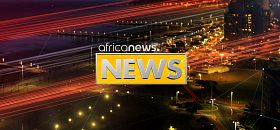

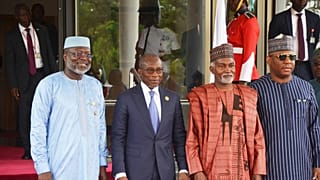
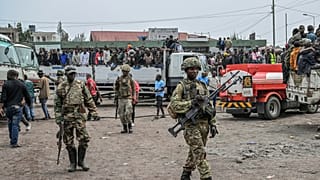
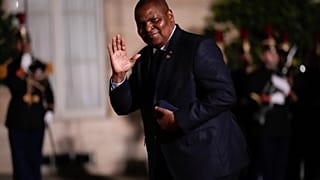
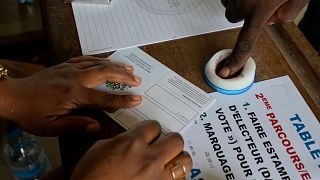
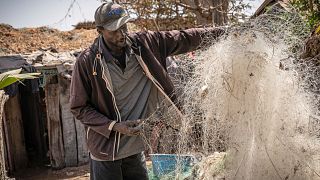

02:19
Senegal counts down to start of Youth Olympic Games 2026
Go to video
IMF mission to Senegal ends without new lending programme but talks are ongoing
Go to video
The Gambia government issues stern warning against the return of exiled Jammeh
00:53
Senegal’s parliament blocks attempt to accuse former president Sall of high treason
00:44
Senegal, South Africa and Ivory Coast qualify for 2026 World Cup
01:13
Senegal reports 17 deaths in rare rift valley fever outbreak